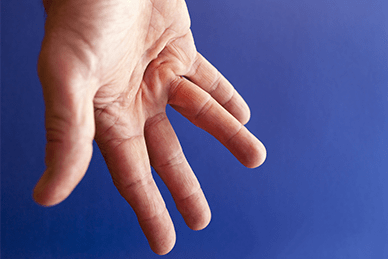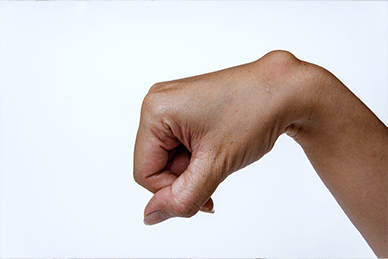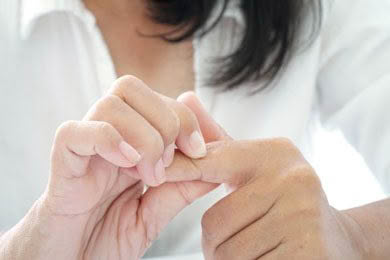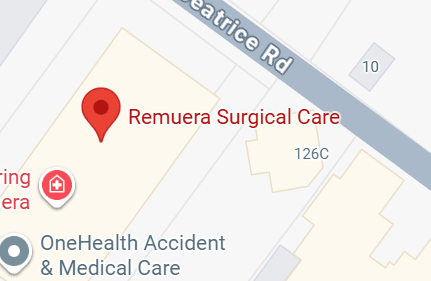Tenosynovitis
Whether it’s painful numb fingers; deformity or diminished function, the aim of surgery is to help you regain the function you have lost.
Please give us a call to discuss your options or to book an initial consultation with Dr Greenbaum.
Tenosynovitis is painful swelling and tenderness around the tendons along the thumb side of the wrist. It is most common in people in their 40s and 50s and affects more women than men.
What causes tenosynovitis?
Along with the less common inflammatory problems with two other flexor tendons on either side of the wrist (Flexor carpi Ulnaris tenosynovitis and Flexor carpi radialis (FCR) tunnel syndrome) the symptoms of inflammation are the result of something damaging the tendons as they try to glide through the anatomical tunnels of connective tissue in the body that usually make movement smooth and functional.
Which tendon is affected?
De Quervain’s tenosynovitis affects the abductor pollicis longus (APL) tendon which pulls on the thumb to move it away from the palm at right angles to the plane of the palm. The condition can make the area around the base of the thumb exquisitely tender and in common with the other two conditions, it is made worse by any activity that repetitively moves the wrist.
How is it diagnosed?
The diagnostic test de Quervain’s tenosynovitis is illustrated in the diagram opposite. Clasping the thumbing the palm and moving the wrist away from the thumb side of the arm – as you would when using a hammer – elicits the pain.
How can you prevent it?
The tendons generally become inflamed after repetitive (over) use – commonly during work or sport – although if you have arthritis, this may often predispose you to developing these problems too. The simplest preventative strategy, therefore, is to be meticulous about technique and optimizing the ergonomics of the aspects of your work or sport that necessitate you making strong movements with your wrist repeatedly.
How is it treated?
All three conditions may respond to resting the wrist, splinting it and hand therapy with a course of pain killers and an injection of corticosteroid to dampen down the inflammation at source. If this fails, surgical decompression is the best treatment and can generally be done as a day case procedure under local anaesthetic block.









